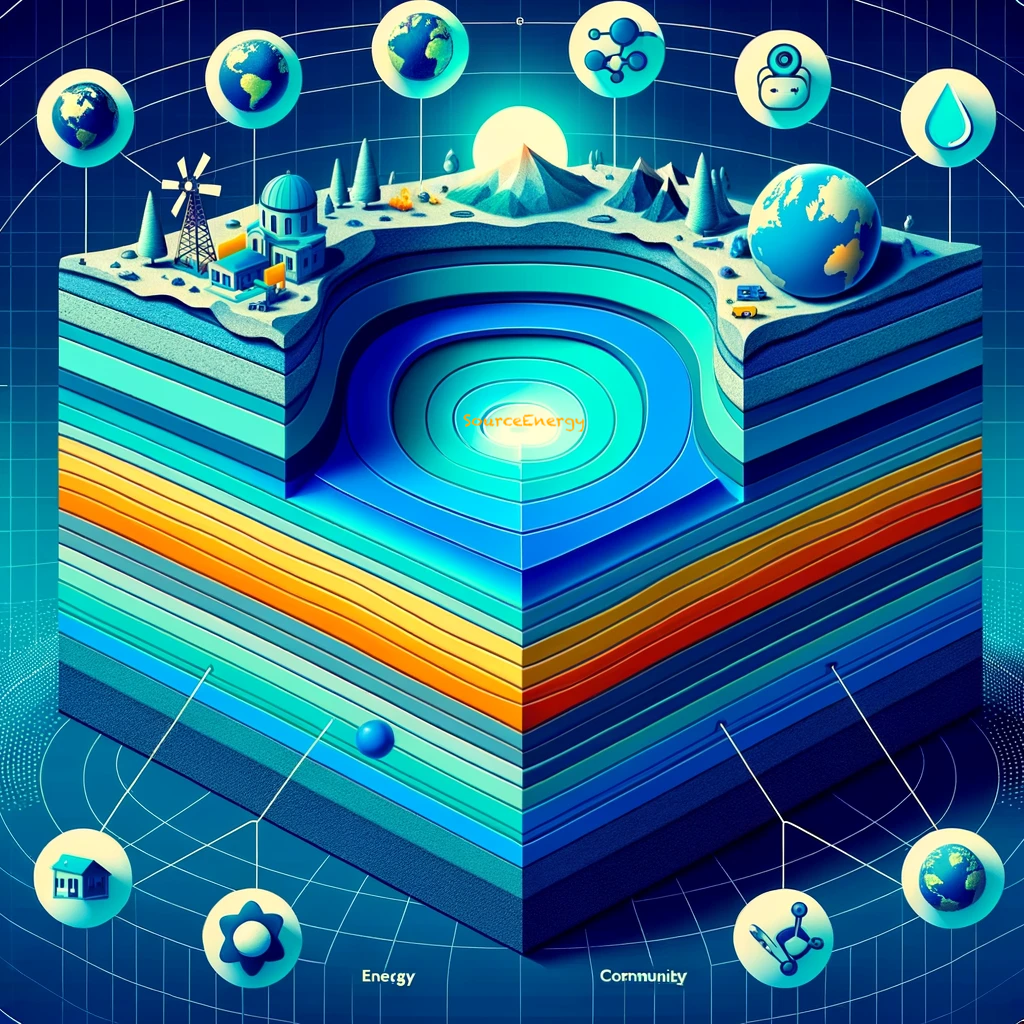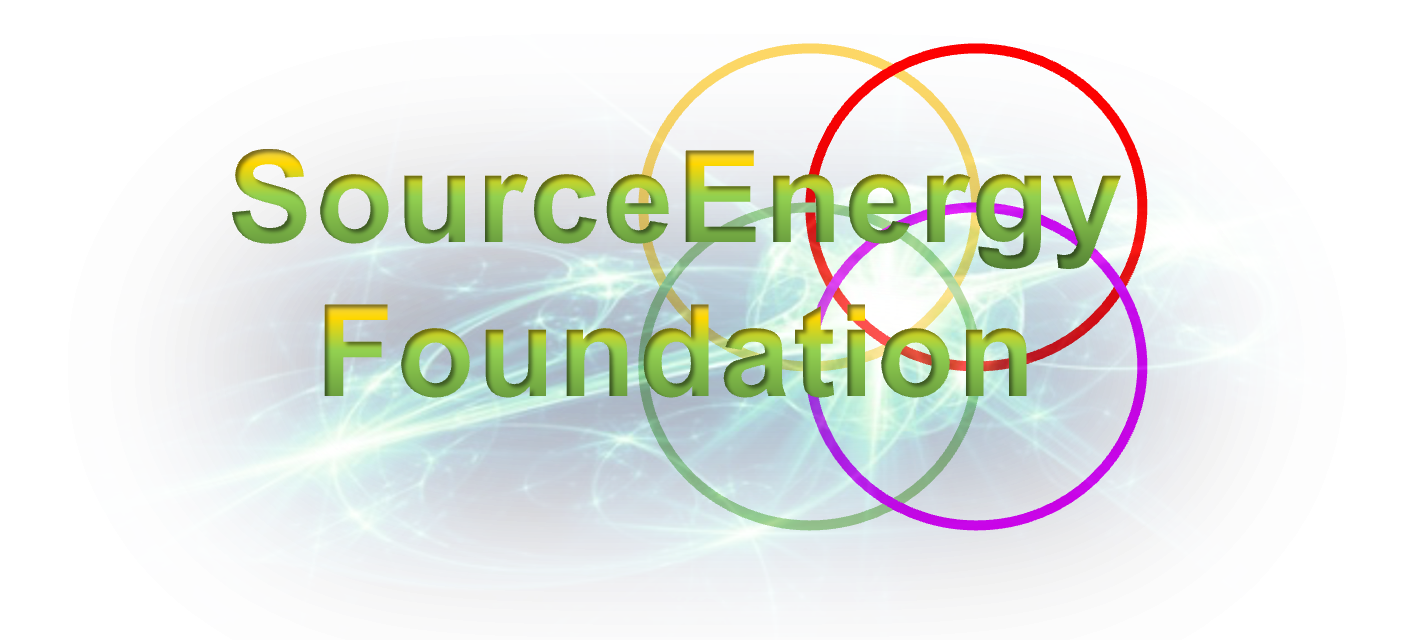The Wealth Ecology Model’s Interpretation of Subsurface Water Reservoirs and Their Implications
The discovery of extensive layers of water beneath Earth’s surface adds a new dimension to our understanding of Earth’s systems and resources. Subsurface water, sometimes present as underground aquifers or as water bound in mineral structures, has significant implications in various domains, from geology and environmental science to technology and energy production. Here, we explore how the Wealth Ecology Model can offer an integrative framework for understanding, managing, and harnessing this vital resource.

1. Energy:
Subsurface water has the potential to be a significant energy resource. Whether through geothermal systems, which could be stabilized or enhanced by underground water, or through the direct extraction and utilization of such water for energy-intensive processes like mining, the ‘Energy’ pillar of the Wealth Ecology Model can manifest in diverse ways.
2. Technology:
Advanced technologies are required for the detection, analysis, and potential extraction of subsurface water. Satellite imaging, deep drilling technologies, and hydrogeological models are all areas of technological advancement that tie back into the Wealth Ecology Model. Moreover, there are applications for machine learning algorithms and other computational methods to better predict and manage these reservoirs, aligning with the ‘Technology’ pillar.
3. Community:
The availability of subsurface water could become a critical factor in regional or even global geopolitics. Freshwater is a limited resource, and the ethical and equitable distribution of newfound subsurface reserves could prevent conflicts and foster community well-being. Therefore, the ‘Community’ aspect of the Wealth Ecology Model calls for multi-stakeholder approaches to manage these valuable resources sustainably.
4. Education:
The discovery and management of subsurface water reservoirs present an interdisciplinary educational opportunity. Geological sciences, water management, environmental ethics, and technology can all be integrated into curricula at institutions like Hampton University. This multi-disciplinary approach feeds directly into the ‘Education’ pillar of the Wealth Ecology Model, preparing future leaders to address these complex challenges.

Strategies for Integration into the Wealth Ecology Model
- Research Collaboration: Initiating projects that gather experts in geology, hydrology, energy sciences, and political science can generate a comprehensive understanding and strategy for subsurface water management.
- Technological Innovation: Fostering innovation hubs that concentrate on the technological challenges posed by subsurface water reservoirs can create both economic and academic value.
- Community Engagement: Outreach and education programs targeted at communities can help in equitable resource allocation and conflict prevention.
- Policy Frameworks: Crafting and advocating for policies that regulate the ethical use of subsurface water can be a direct application of the Wealth Ecology Model on a macro scale.
By integrating the study and management of subsurface water into the Wealth Ecology Model, we can address the complex challenges and opportunities it offers in a holistic, sustainable, and globally beneficial manner.
Sincerely,
Dr. Oliver E. Jones Chairman and Founder,
SourceEnergy Group of Companies
Professor, Hampton University
SourceEnergy Group R&D
